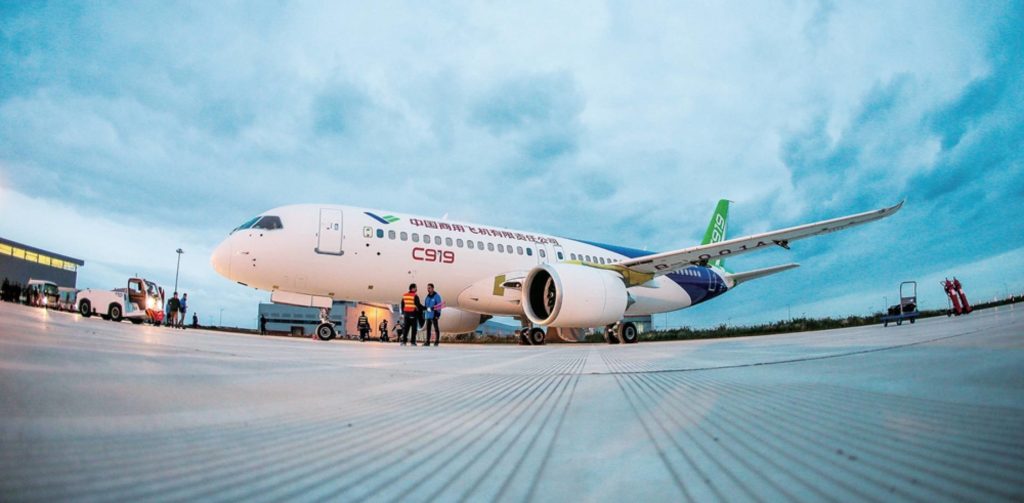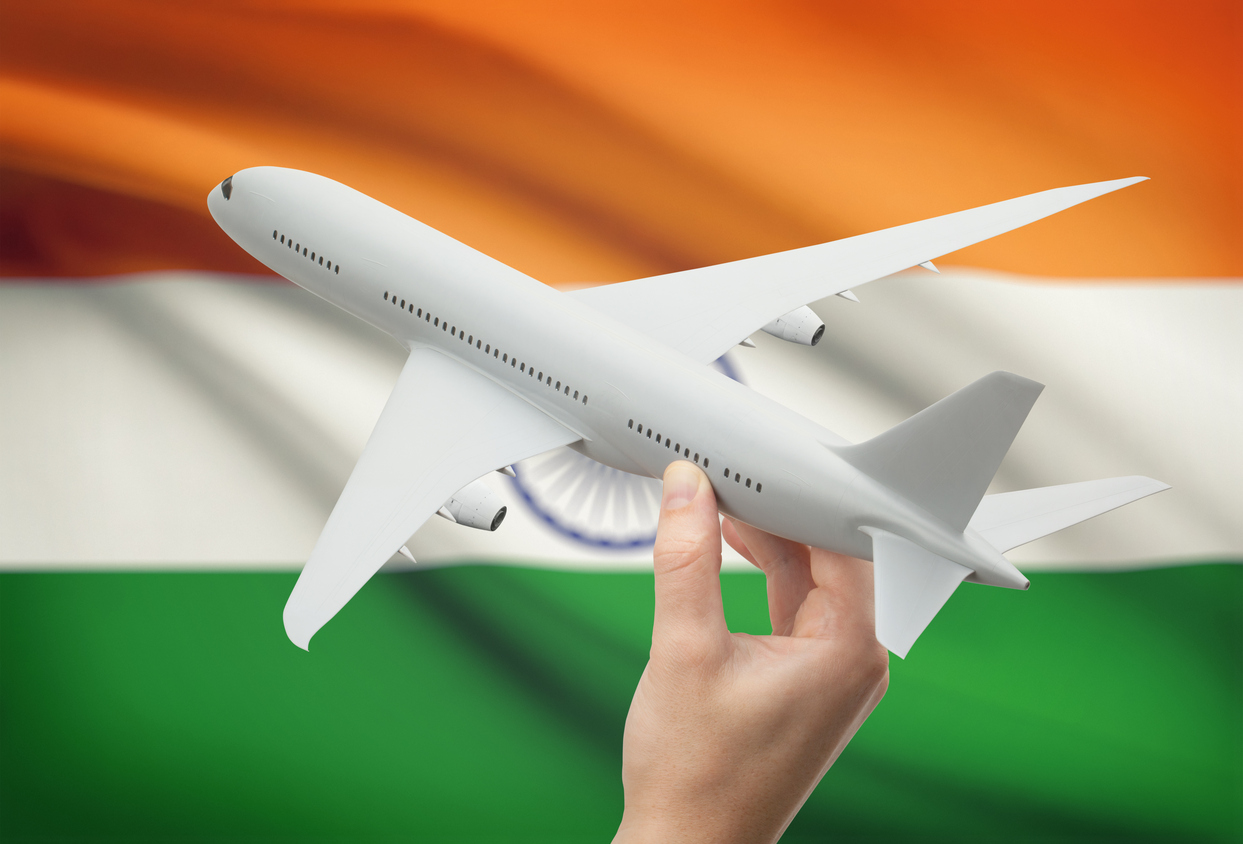




20 Feb 2025
Aircraft Maintenance in the Spotlight: Addressing Passenger Safety Concerns
When passengers step onto a plane, they trust that every bolt is tightened, every system is checked, and every safety protocol is followed to the letter. But what happens when that trust is shaken? In recent months, a string of alarming aviation incidents has placed aircraft maintenance under intense scrutiny. From mid-air emergencies to critical component failures, the aviation industry is facing tough questions about how well aircraft are being maintained—and whether cost-cutting, supply chain disruptions, or oversight gaps are putting passengers at risk.
The urgency of the issue cannot be overstated. A missing bolt, an overlooked crack, or a rushed inspection can mean the difference between a routine flight and a life-threatening disaster. As authorities scramble to investigate and regulators tighten the screws on compliance, the industry must confront a harsh reality: reactive fixes are no longer enough. Preventive, technology-driven, and data-backed maintenance strategies are the only way forward.
At Acumen Aviation, we’ve spent years navigating the complexities of aircraft asset management, ensuring that lessors, airlines, and operators stay ahead of maintenance challenges. But as these incidents prove, the stakes have never been higher. It’s time for a reckoning in aircraft maintenance—one that prioritises safety over shortcuts, reliability over rushed schedules, and trust over mere compliance.
Recent Incidents Highlighting Maintenance Challenges
Delta Air Lines Flight 4819 Incident
On February 17, 2025, Delta Connection Flight 4819, operated by a Bombardier CRJ900, experienced a harrowing incident upon landing at Toronto Pearson International Airport. The aircraft flipped over on the runway, resulting in at least eighteen injuries among the 80 passengers and crew on board. Preliminary investigations suggest that maintenance issues may have contributed to this accident. This event serves as a stark reminder of the potential consequences of lapses in maintenance protocols.
Alaska Airlines Flight 1282 Door Plug Blowout
In January 2024, Alaska Airlines Flight 1282, a Boeing 737 MAX 9, suffered a mid-flight blowout of a door plug, leading to rapid cabin depressurization. The incident was traced back to missing bolts in the door plug assembly, a critical maintenance oversight. This event prompted the Federal Aviation Administration (FAA) to issue an emergency airworthiness directive, grounding certain Boeing 737 MAX 9 aircraft until thorough inspections were conducted. The incident not only highlighted the repercussions of maintenance lapses but also led to significant operational disruptions and financial losses for the airline.
Air New Zealand's Engine Maintenance Delays
Air New Zealand has been grappling with persistent engine maintenance issues, particularly with its Pratt & Whitney engines. As of November 2024, these challenges have rendered six Airbus Neo aircraft and up to four Boeing 787 aircraft out of service, accounting for 16% of the airline's jet fleet. The prolonged maintenance delays have adversely affected the airline's operational capacity and financial performance, underscoring the broader impact of maintenance challenges on airline operations.
Air India Express Flight IX613 Emergency Landing
In October 2024, Air India Express Flight IX613, en route from Kozhikode to Dubai, was forced to make an emergency landing at Tiruchirappalli International Airport. Shortly after takeoff, the pilot detected a hydraulic system malfunction, which compromised critical aircraft functions, including landing gear, brakes, and flaps. This incident highlights the imperative for stringent maintenance checks to prevent in-flight system failures that can jeopardise passenger safety.
The Imperative for Proactive Maintenance Strategies
These incidents, among others, highlight the multifaceted challenges faced by the aviation industry concerning aircraft maintenance:
- Ageing Fleet and Increased Maintenance Needs: As aircraft age, they require more intensive maintenance to ensure continued airworthiness. Airlines must balance the costs of maintaining older aircraft with the potential risks associated with deferred maintenance.
- Supply Chain and Staffing Challenges: Global supply chain disruptions and shortages of skilled maintenance personnel can lead to delays in necessary repairs and inspections, as evidenced by Air New Zealand's engine maintenance delays.
- Regulatory Oversight and Compliance: Incidents like the Alaska Airlines Flight 1282 door plug blowout have prompted regulatory bodies to enforce stricter compliance measures and conduct thorough inspections to prevent similar occurrences.
Acumen Aviation's Commitment to Maintenance Excellence
In light of these challenges, Acumen Aviation remains steadfast in its commitment to enhancing aircraft maintenance standards globally. With headquarters in Dublin and strategic offices worldwide, including significant operations in India and North America, Acumen offers a comprehensive suite of services designed to elevate maintenance practices and ensure passenger safety.
- Comprehensive Asset Management: Acumen provides end-to-end asset management solutions, overseeing an aircraft's entire lifecycle. This includes meticulous maintenance planning, execution, and continuous monitoring to ensure optimal performance and compliance with international safety standards.
- Digital Transformation Services: Leveraging cutting-edge digital transformation solutions, Acumen enhances maintenance tracking, predictive analytics, and real-time monitoring. These technologies enable proactive identification of potential issues before they escalate, thereby reducing the likelihood of in-flight incidents.
- Training and Consultancy: Acumen recognises the pivotal role of skilled personnel in maintenance excellence and offers specialised training programs and consultancy services. These initiatives equip maintenance teams with the latest industry best practices and technological advancements, fostering a culture of continuous improvement.
By integrating these services, Acumen Aviation not only addresses immediate maintenance concerns but also contributes to the long-term enhancement of global aviation safety standards.
Conclusion
The aviation industry's foremost responsibility is to ensure passenger safety through unwavering commitment to rigorous maintenance practices and adherence to safety protocols. The incidents discussed serve as poignant reminders of the potential consequences of maintenance oversights. Acumen Aviation, through its expertise and comprehensive service offerings, plays a pivotal role in elevating industry standards. By fostering collaboration, embracing innovation, and maintaining an unwavering focus on safety, the industry can aspire to a future where air travel remains synonymous with reliability and trust.





